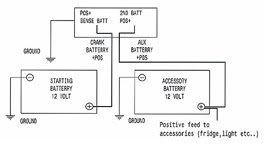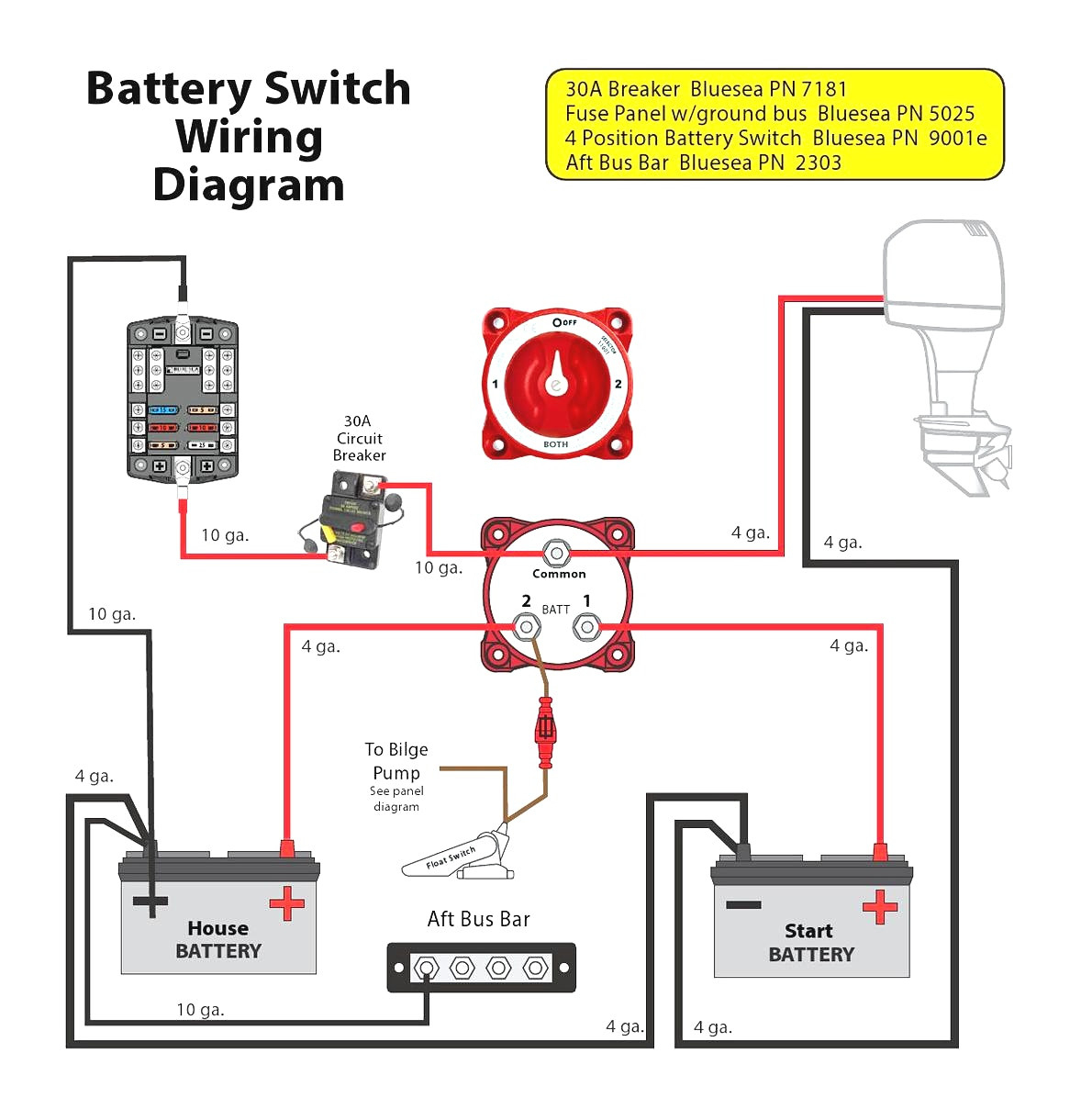

The key is turned off and any auxiliary 12 volt power is drawn from the secondary battery.Įverytime we turn the ignition key we want to know the starting battery is fully charged and we can drive away from camp. When in camp we make a distinct point of having no accessories that draw power from the starting battery. On the secondary or auxiliary battery we run items such as fridge/freezers, camp lighting and auxiliary power sockets to run radios, computers and inverters. Things that can only operate while the engine is running and the starting battery is being charged. Onto to this primary electrical system we are happy to add things like GPS navigation systems, phone chargers, interior lighting and in car entertainment systems. The primary system contains the starting (cranking) battery and the alternator (which provides battery recharging and will eventually provide charging to both batteries) and all the electronics required to keep the car operational. When we add a dual battery system to a vehicle we try and maintain two distinct systems.

The addition of a 12 volt refrigerator is the usual catalyst for the installation of a dual battery system, whether it's sitting in the back of the 4WD or being towed in the caravan behind. The BasicsĪuto electrics is a dark science and we're not going to get overly technical here, just a basic outline of some principles, good practise and proven techniques. The second aim is to provide an auxiliary 12 volt supply - to power all those accessories that make life in camp so much easier.

The absolute priority is to protect the vehicles starting (cranking) battery from being flattened and thus rendering the car unable to be started. The aim of a dual or auxiliary battery system is twofold. Running a fridge from the standard electrical circuit via the cigarette lighter socket may be fine for the occasional weekend away but if you're 'going bush' then it's time to think about a dual battery system.
Car dual battery isolator wiring diagram upgrade#
The modern 4WD tourer is required to perform duties far beyond it's design and the additional power demands created by fridges, caravans, lighting and entertainment systems may mean a serious upgrade to the vehicle's electrical system is in order.


 0 kommentar(er)
0 kommentar(er)
